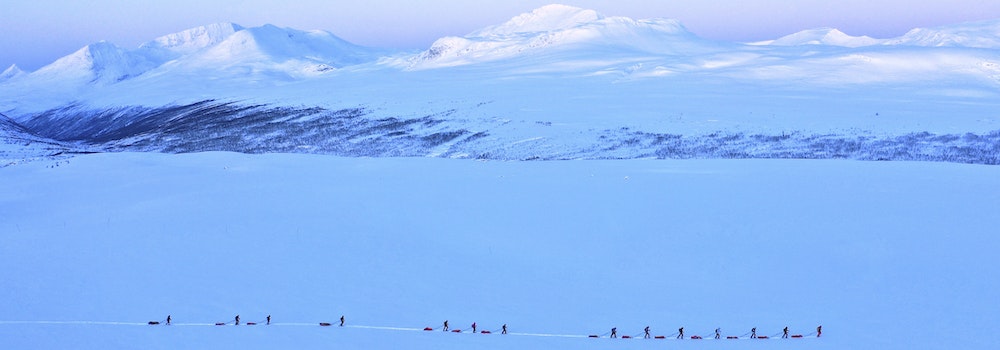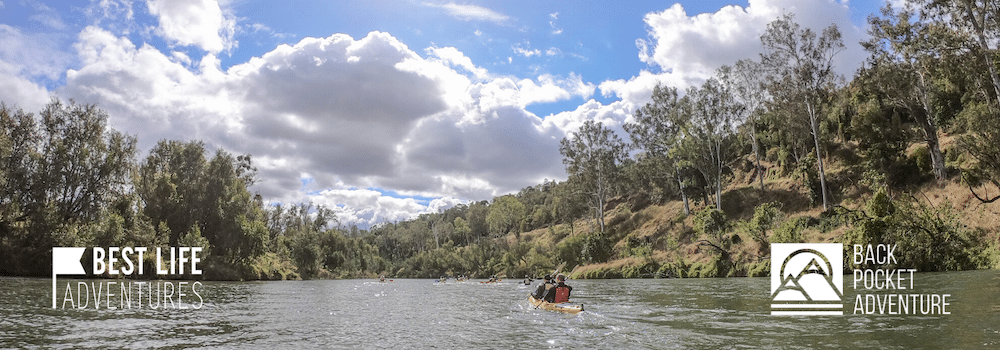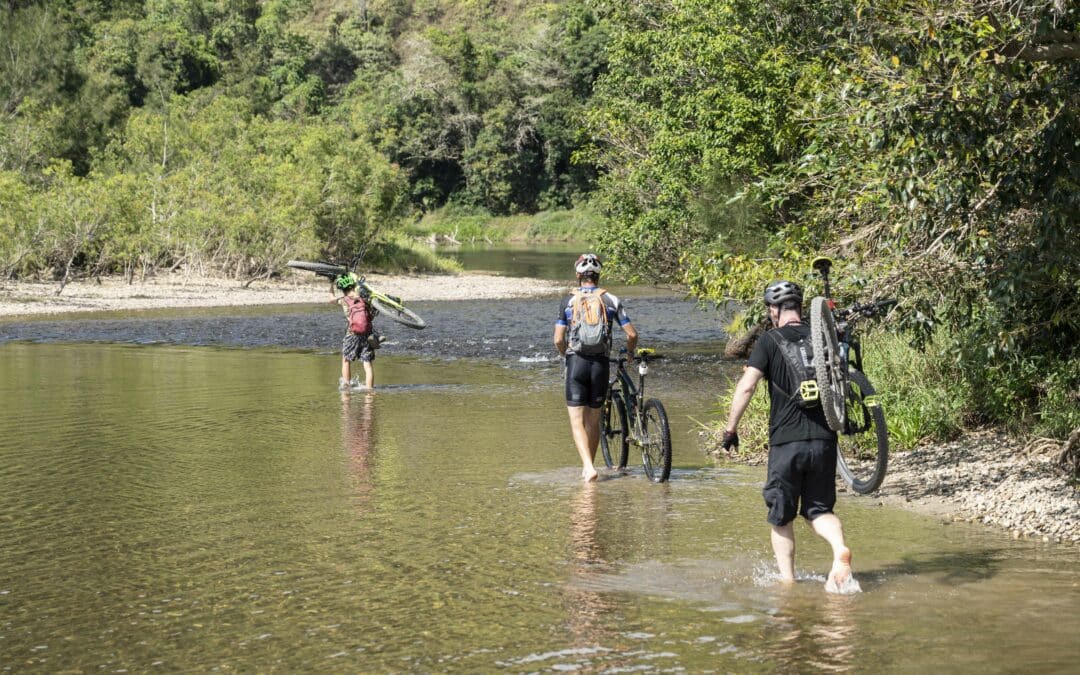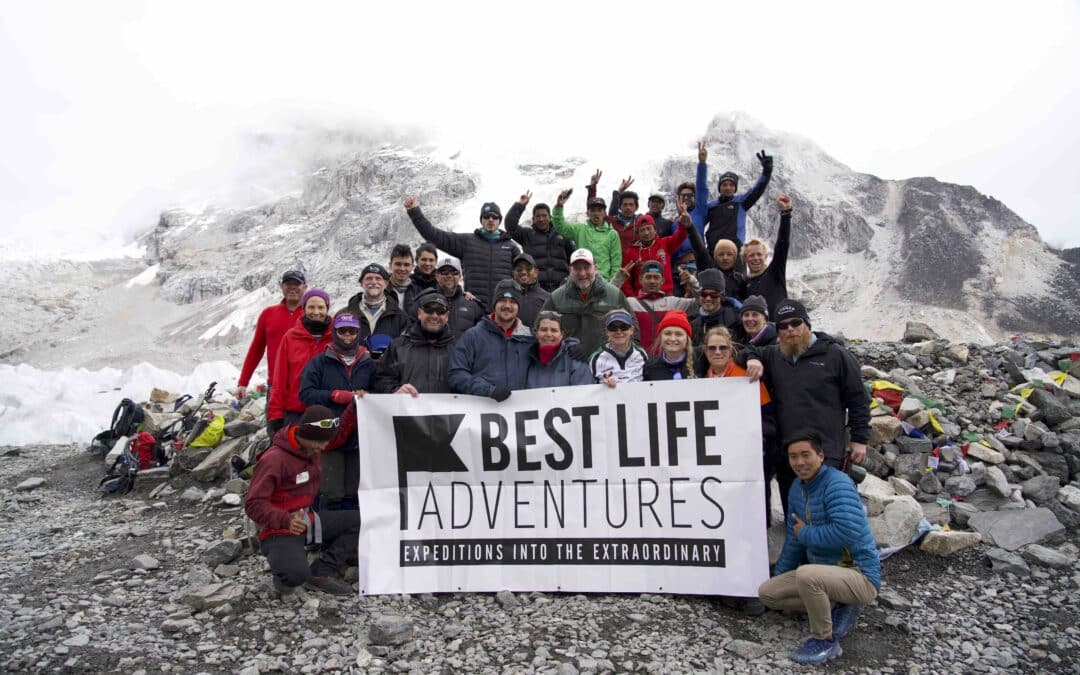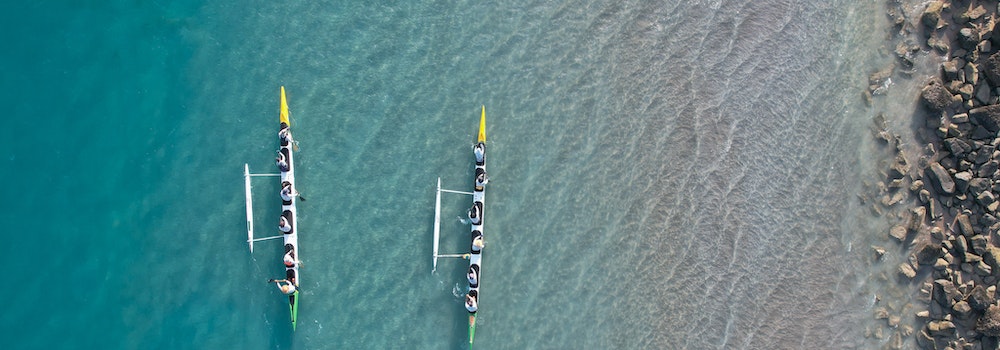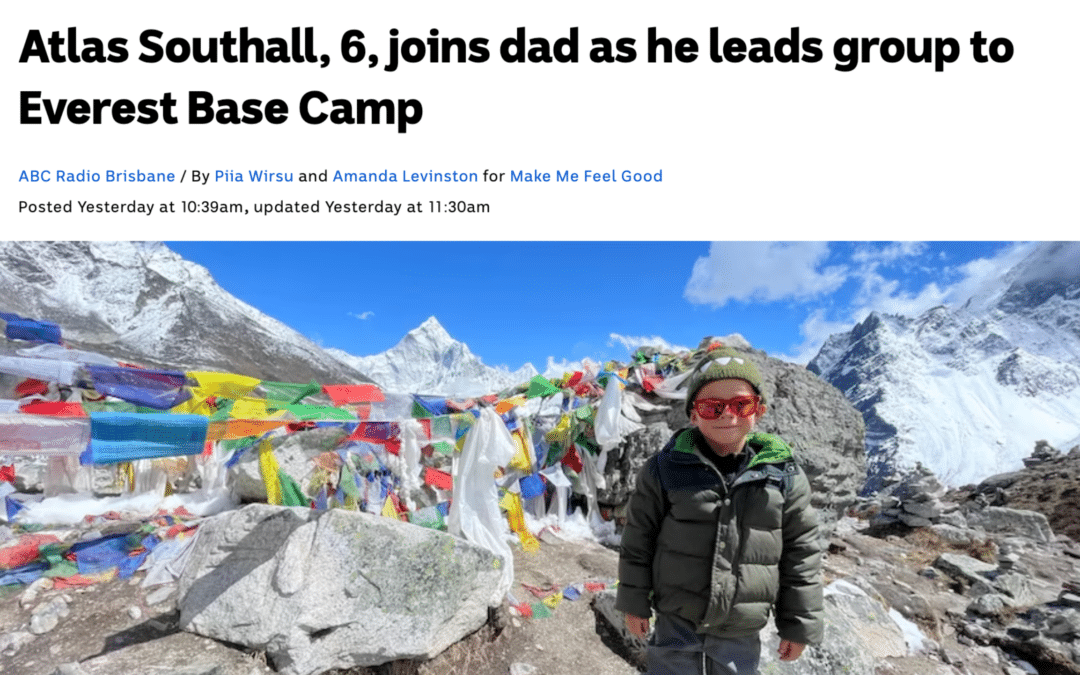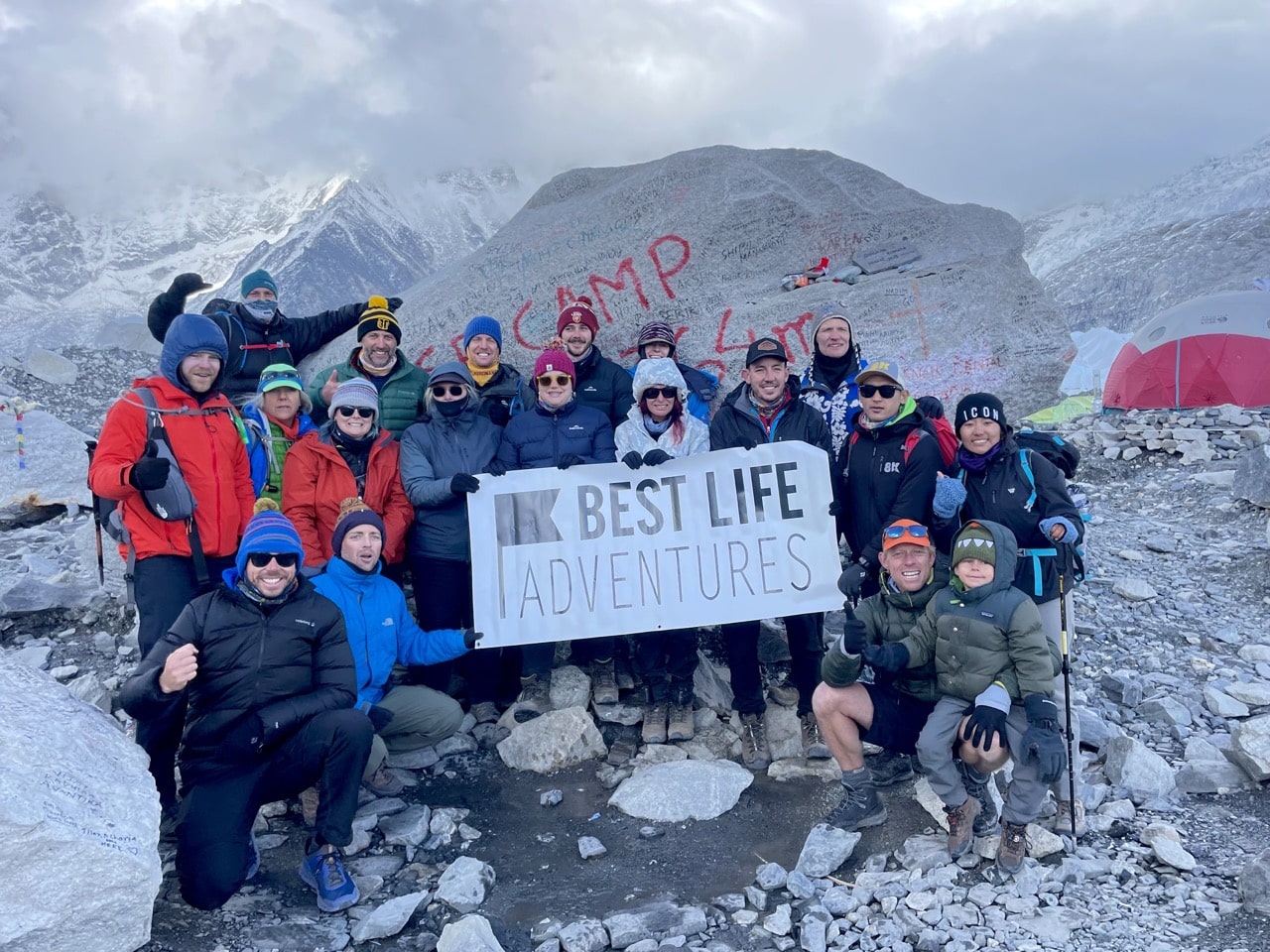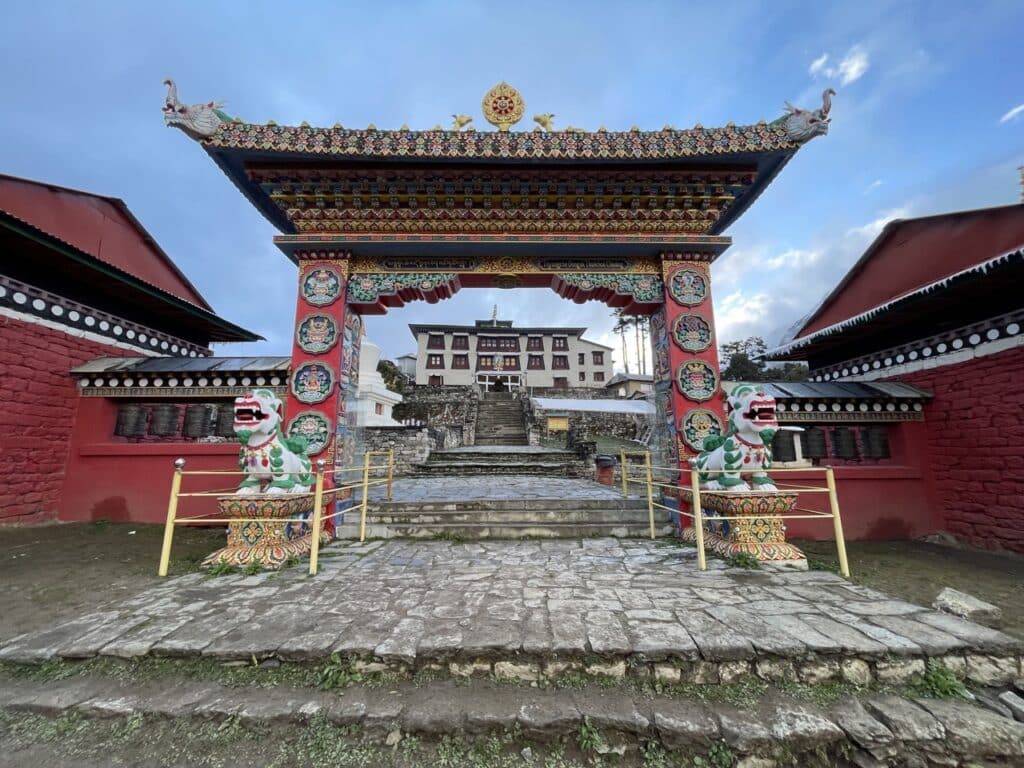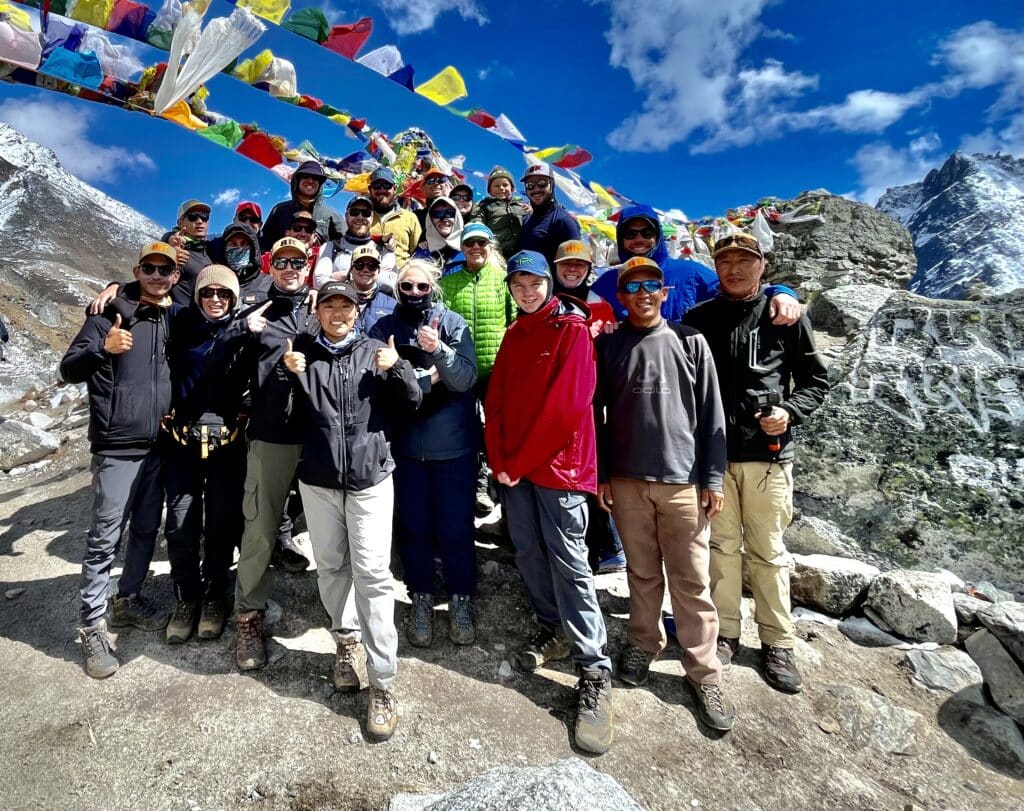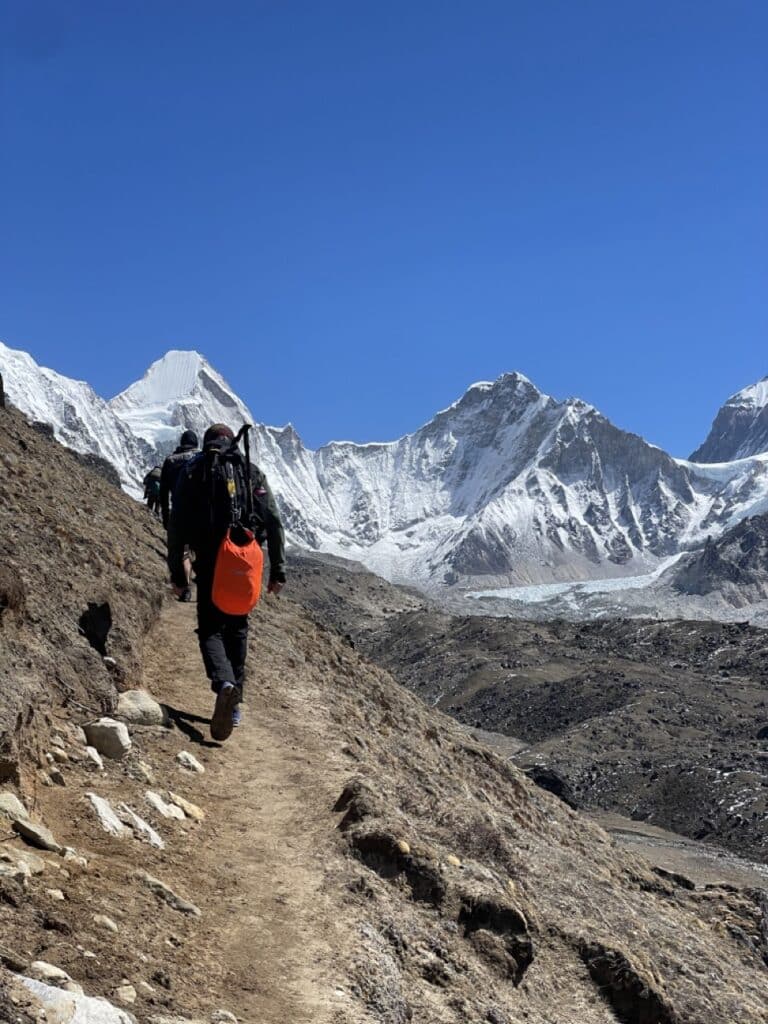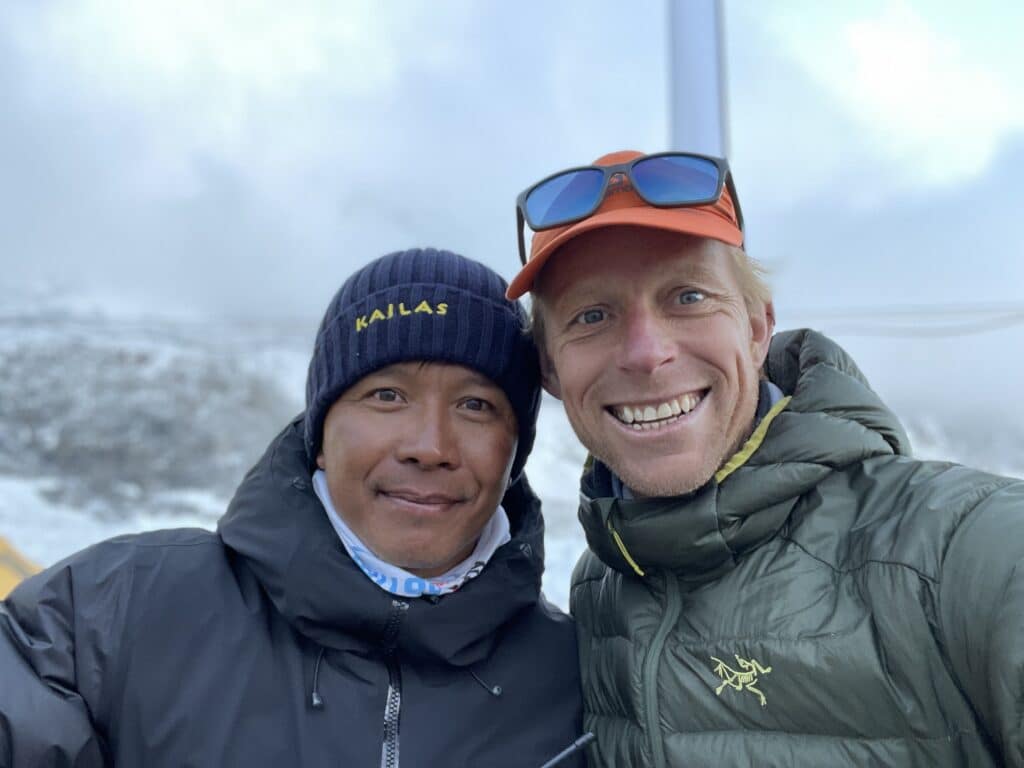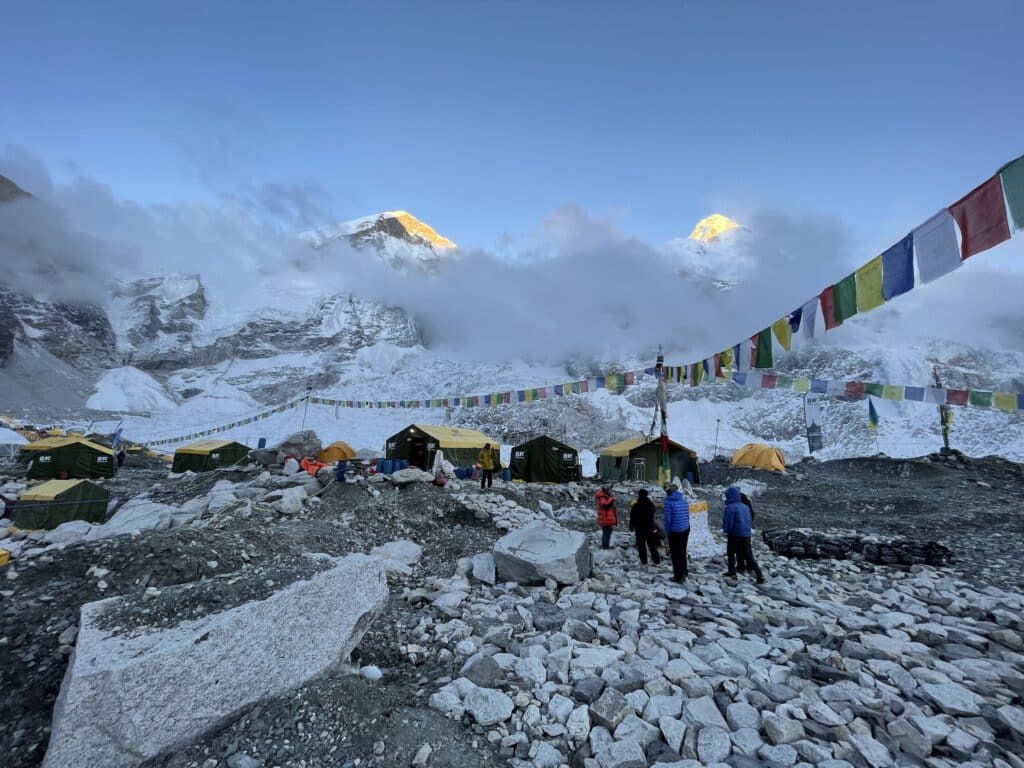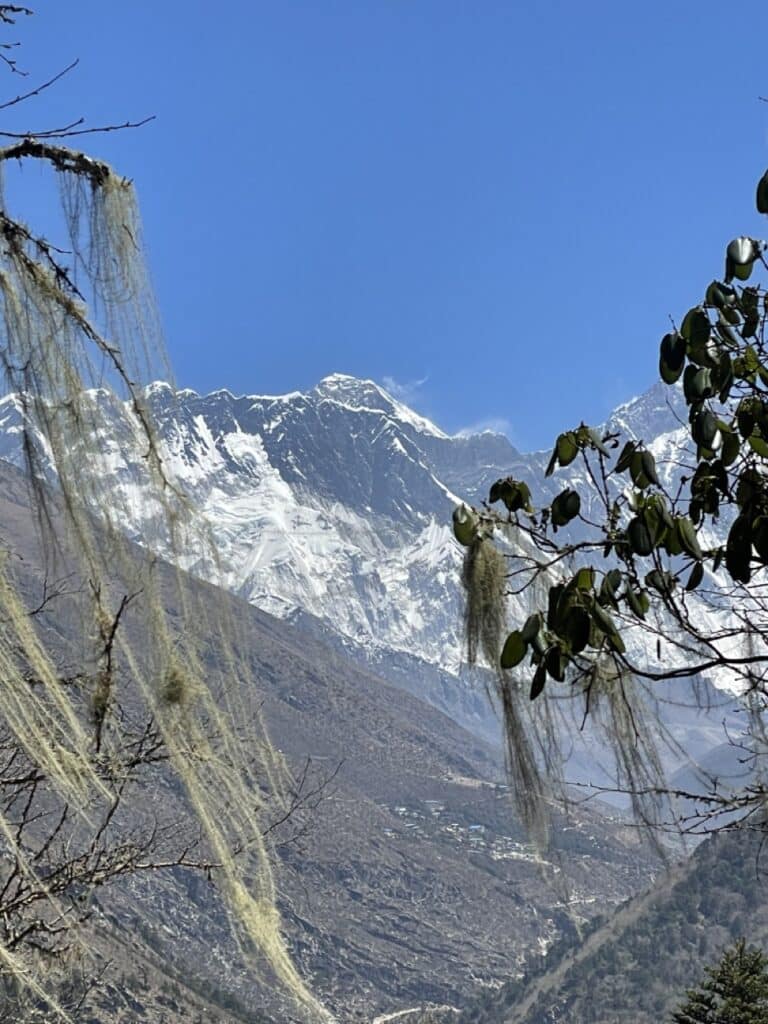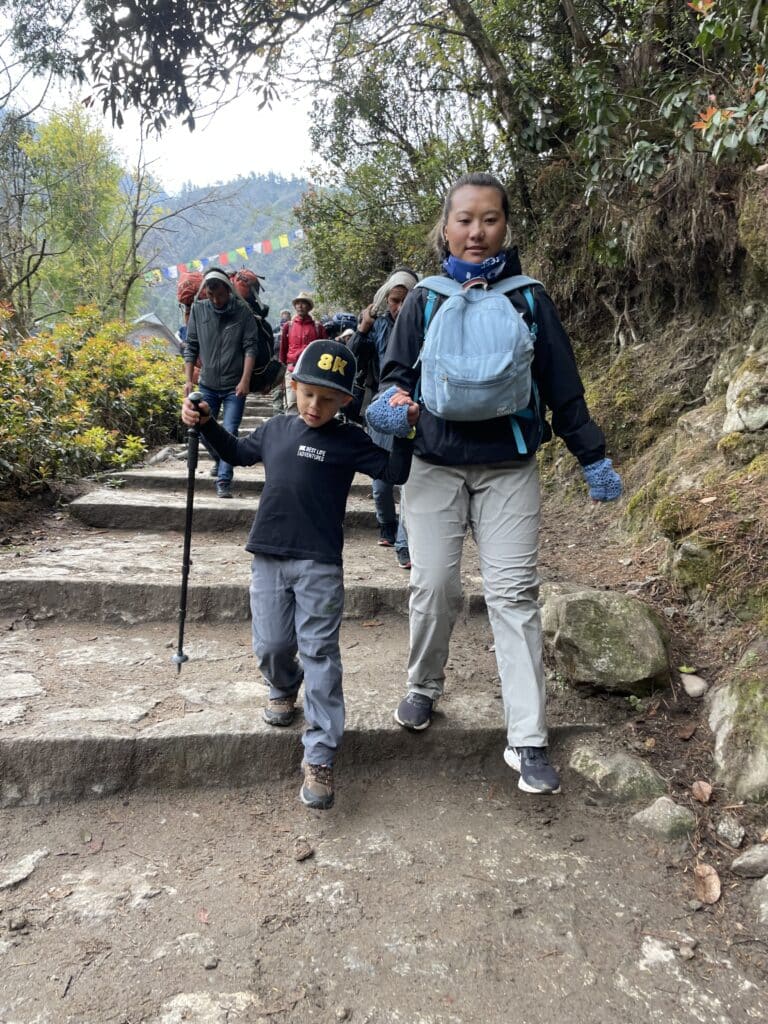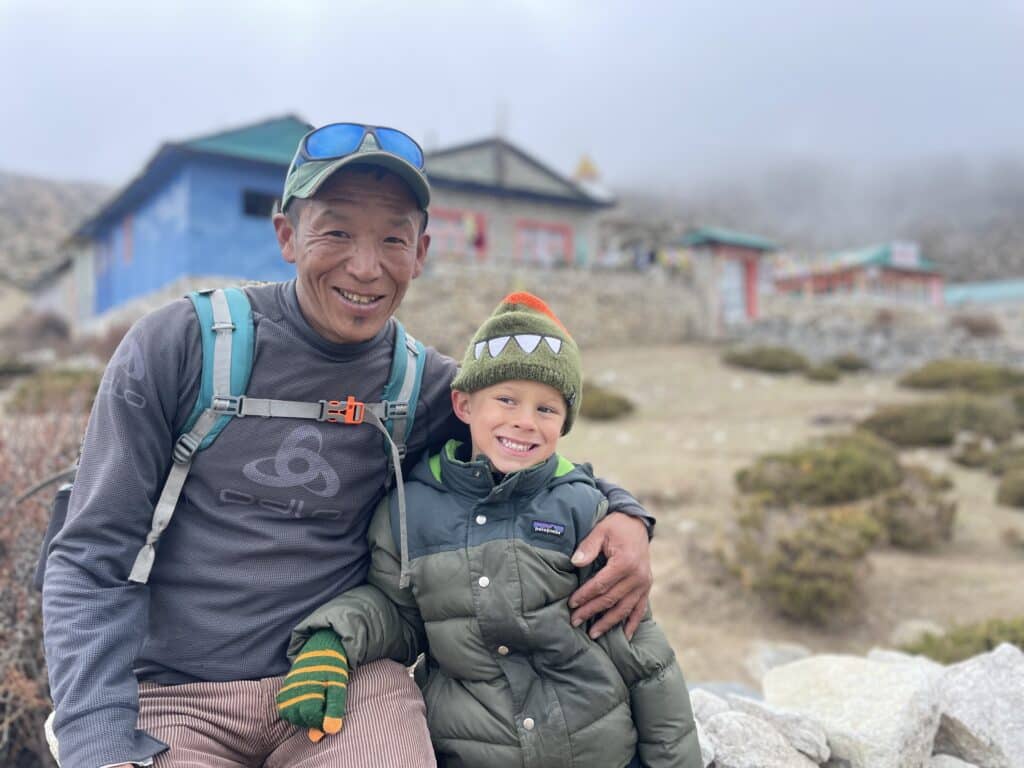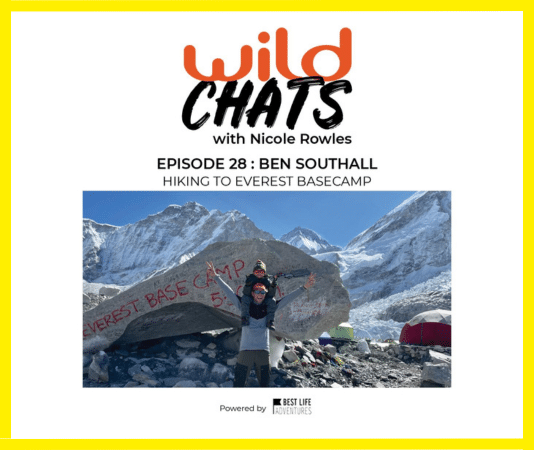UPDATE: read the ABC news article about this expedition here.
After three and a half years away from the awe-inspiring mountains of the Himalayas, it was truly magnificent to once again walk among giants. After so long away, I think I’d become nonchalant and blase about the sheer scale of the tallest mountain range in the world (having squeezed in an ascent of Mt Stanley in Uganda (5109m), and numerous smaller peaks in that time) but their grandeur and behemoth size, simply tower above anything else in the world, and that’s reinforced every time we take a new group of trekkers, and this was no different.
Our group of 16 fundraisers from Toowoomba arrived in Kathmandu full of gusto and determination, and quite rightly so after eight months of pretty intense training on the range and slopes that surround their hometown. After a couple of days in the dusty capital of Kathmandu it was time to start the journey to Lukla – the trailhead for the Everest Base Camp trek.
Here’s what Chris Black, CEO of Momentum Mental Health thought about his experience with us:
“Best Life Adventures took our charity group from Momentum Mental Health to Everest Base Camp on the trip of a lifetime. It was physically demanding, life-changing, emotional, breathtakingly beautiful, but simply the most rewarding trip. Huge thanks to the team from Best Life Adventures for this bucket list adventure”
After the short flight into the “World’s Most Dangerous Airport”, it was time to leave the mountain town of Lukla behind and set off on our ten-day adventure to trek from 2,800m up to the dizzy heights of 5385m, and back down again. Seven days of hard trekking on the way up, and three back down to where it all started – a round trip of just over 106km if you don’t zig-zag or wobble around too much. Easier said than done when your brain and body are being starved of oxygen – but that’s all part of the appeal (right?!).
It was a noticeably quieter trail than in previous years. Post-covid, the expense of international flights and helicopters being used extensively to resupply the summit expedition teams rather than porters and yak trains, being the main reasons, which was good and bad for us. Fewer people on the trail meant long sections with no distractions so you could really immerse yourself in the location, but the flip side was the larger villages and Lukla and Namche, lacked a little of the buzz and international conversations I’ve really enjoyed over the years when leading similar treks.
When we hit the trail each day, the conditions were cool, usually around 3-5c which sharpens the mind and focuses you on the task ahead – slowly climbing to the next morning’s tea, lunch, or resting place for the night.
There are three ‘significant’ climbs on the trek – the hills of Namche, Tengboche, and Dughla – all tough in their own right and for different reasons.
Namche Hill
After crossing the Hilary Bridge (a cable bridge with a serious drop to the Dhudi Kosi River below) we turn one final corner, into the forest, and up. Tall trees line the trail and block the view of nearby snow-covered mountains. For the first time on the trek, we pause, not to stare but to breathe. Up until now, it’s not been that hard but all of a sudden the 3,050 metres of elevation starts to bite.
From here it’s one foot in front of the other. Control your breathing. Stay focused, with a series of switchbacks defining the trail. A few rocky sections and of course dodging cows, mules, and the occasional horse, and the ever-present porters hauling trekking and climbing gear to Namche and the villages beyond.
After what seems like hours, the first stone buildings of Namche come into sight, our overnight destination not far away. It’s a tough couple of hours but confidence starts to build as the ascents are ticked off the mental list that stretches from here to Everest Base Camp (EBC). That night the conversations in the teahouse change from work and home life, to Diamox, climbing tactics, and gear reviews. Trekking fever is coming alive.
Tengboche Hill
The trail between Namche and Tengboche climbs and drops considerably (Nepali Flat as the Sherpa community calls it) and to finish the day there’s one final big ascent and an “ah-ha” moment when you realize the Namche Hill was nothing compared to this.
The trail gains more and more elevation and you begin to count every step, peering up as you go, daring to spot the finish line for the day, and just when you think it might never end, a rock gate appears – seemly out of now where. You walk through the wide arch and enter the grounds of the Tengboche Monastery. Directly ahead is a wide grassy field. A small group of yaks are grazing, and snow lightly falls. It feels so good to get here. High fives, hugs, and hallelujahs become the unspoken currency at the end of the day.
Trekking in the Himalayas and to EBC is a series of achievable ascents. Nothing too fast, nothing too steep, nothing too harsh, just an easy progression up and over folds in tectonic plates that shape the landscape from deep inside the Earth’s crust. Every time you reach, ascend, and rise above another, you’re pulled deeper and deeper into the journey.
Dughla Hill
While it might not compare to Namche and Tengboche with its elevation profile, the Dughla Hill sticks in people’s minds for a few reasons:
- You start the ascent immediately after your lunch stop, so arming yourself with a full belly isn’t always the best option for comfortable trekking
- The base of the climb starts at 4,600 metres above sea level, so the lack of oxygen is really starting to bite by now, meaning every step is considerably harder than previous days, and
- the trail isn’t nearly as well prepared, with large step-ups and boulders to climb.
However, the rewards at the top are well worthwhile with the finish entering the site where tributes and monuments to fallen climbers are all around. It’s a poignant place to take some time to rest and recover while absorbing the magnitude of what a summit climb to any of the surrounding big peaks involves and the price people pay to go higher than you’re ever likely to. In all of her wide-bottomed beauty, Everest is the biggest killer of them all.
That night as the team enters the town of Lobuche at just over 5,000 metres, there are some tired bodies. It’s when we get to this stage of the trek we start to notice the effects of AMS (Acute Mountain Sickness) – lack of appetite, headaches, and nausea. Taking Diamox helps to a certain extent, but if you’re starting to feel under the weather here, you’ve got to have a strong heart, head, and gut to push through. It’s make-or-break time for some of the team.
The next morning, most of our trekkers are all doing really well – a good night’s sleep always helps. They’ve suffered through unseasonably cold weather and snowfall but have turned up every day with smiles and positivity – the driving force of raising over $100k for Momentum Mental Health, and a superb stimulus to get out of bed on the coldest of mornings with a single destination in mind – getting to EBC itself.
One of the longest days of the trek starts early as we walk across the glacial moraine of the Khumbu Glacier, picking our way across a landscape of boulders, rockfalls, and gushing streams. Stopping briefly at the infamous town (or simply four teahouses) of Gorek Shep for lunch, we then forge on, as there is still 5km to go before reaching the ‘rock’ that marks Trekker’s Point – the designated finish marker for all the other trekking companies.
At Best Life Adventures we have a really special relationship with Lakpa Sherpa (pictured above with Ben Southall), founder of 8K Expeditions – one of the many summit expedition teams who set up camp at the base of the Khumbu Icefall for the duration of the Everest and Lhotse summit season (March-May).
So, instead of simply turning around and heading back to Gorek Shep (shithole), we continue to the 8K Expeditions camp and overnight there, alongside the summit teams for what really is a luxurious night in comparison to the teahouses we’ve become accustomed to. Gas heater, a barista coffee machine, full-cooked dinners, comfy beds, and a bizarre glacial landscape to gaze out over, under a blanket of stars – there really is nowhere else like it on Planet Earth.
That night is a cacophony of sounds – tumbling rockfalls, cracking glaciers, and distant avalanches all punctuated by the deepening effects of AMS on a number of people. It’s never the best night’s sleep – but it’s an experience you’ll never forget. We’ve made it to the ‘Bottom of the Top of the World’.
The next morning, with a few failing bodies we initiate a number of travel insurance helicopter evacuations to help look after our trekkers. They’ve achieved their goal by this stage and would be too unwell to embark on a three-day descent, made up of long days, and some big climbs. It’s always a tough decision to pull the pin early, but one that’s for their own health.
After three days we make it back through the gates into the town of Lukla. It’s the end of a magnificent adventure yet again, made all the more challenging but interesting by having my five-year-old son Atlas along for the trek. He walked some of the way up (40%) and raced almost all the way down (80%) and when things got too tough, I had two superb humans – Nima and Dorma (Sherpini Nanny) to help out. I couldn’t have done it without them.
Best Life Adventures have taken a number of charity expeditions on treks to Everest Base Camp and will look after every aspect of the trip from the moment you arrive in Kathmandu, to hotel and restaurant bookings, gear hire, park permits, teahouse accommodation and sourcing the very best chocolate brownies and coffees you can find on the trek – a very important factor of course!
Craig Sleeman – trekker- “What a great experience overall with Best Life Adventures. A professional crew, that was well-organised and provided the foundations for an authentic and life-changing experience in a unique part of the world”.
COME WITH US AND DISCOVER YOUR WHY
If you’ve always dreamt about embarking on this incredible adventure, we can make it happen. We head to the Himalayas in April and October each year and can cater for individuals, groups and charities. Find out more on our dedicated EBC page here.
If you want to find out more about what a trek with us entails, listen to the Wild Earth Australia – Wild Chats episode that was broadcast on Instagram Live on Tuesday 30th May 2023 – watch it here

